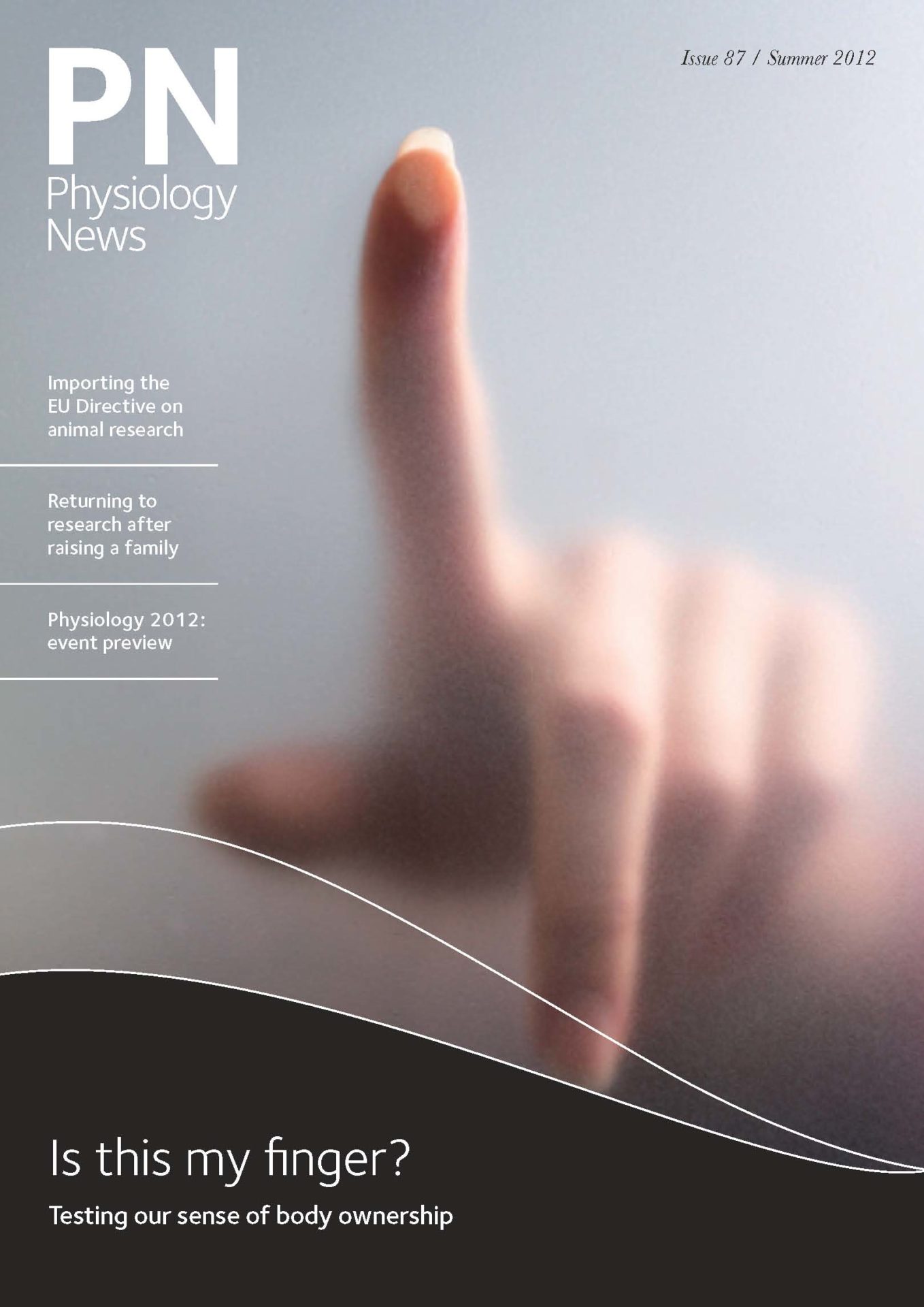
Physiology News Magazine
Travel grant connections
Membership
Travel grant connections
Membership
Ana Dordea, Affiliate Member, on her experience presenting a poster at her first international meeting – enabled by a Society grant.
https://doi.org/10.36866/pn.87.42

The 59th International Society for Gynecological Investigation (SGI) Annual Meeting 2012 assembled around 3,000 scientists and clinicians whose research interests span over many matters of women’s well-being. My arrival at the meeting marked the beginning of my first international conference experience. It was held in the sunny Californian city of San Diego, which was an enticing bonus.
I am in the final year of my PhD at the Institute of Cellular Medicine at Newcastle University studying Ca2+- and PKG-related signalling mechanisms in human arteries of the uterus and placenta. This conference was a welcome alternative to my daily routine of scientific experimentation. Additionally, this meeting presented a good opportunity to widen my knowledge on obstetric and reproductive biology ahead of my impending viva assessment.
The presentations at the event included descriptions of the potential molecular mechanisms and clinical advances for the prevention of pre-term birth (Nancy Hassan, Detroit), the functions of prostaglandin in the myometrium, and depictions of the endocrine signals participating in physiologic inflammation and labour onset (Oksana Shynlova, Toronto).
Of particular interest was the lecture given by Will Lammers (Al Ain), introducing the concept of a pacemaker site governing contractile patterns in the pregnant uterus of rats and guinea pigs.
The following three days were split between poster sessions in the mornings and mini symposia in the afternoons. In one of the sessions, the focus was placed on placental dysfunction as the primary consequence of common pregnancy complications. Victoria Clifton (Adelaide) presented an interesting notion that the placenta might function in a sex-specific manner and that the future of tocolytics may reside in the development of sex-specific treatments directed with this in mind. Another interesting session discussed the effects of ageing on reproductive function. Michael Varner (Salt Lake City) illustrated the consequences of delayed childbearing on pregnancy and fetus, whilst Nanette Santoro (Denver) explained how pregnancy might be managed in post-reproductive women who utilise egg donors to conceive.
Morning poster sessions afforded plenty of opportunities to interact with senior scientists and I valued the lengthier (and challenging) discussions with experienced scientists such as Peter Mitchell (Edmonton), Mark Wareing, (Manchester) and Rachel Tribe (London), as their rigorous questioning of my results and methodology was a good foretaste of what will probably befall me during my viva. Ultimately, as young scientists, these interactions are a significant part of our academic development; we’re here to learn and develop our critical thinking.
I wish to thank The Physiological Society as my participation at this meeting was enabled by its financial generosity. Affiliate Members, such as myself, are encouraged to apply for the Travel Grant Schemes (for both Society and non-Society meetings) and a maximum of £500 is usually awarded.
I am grateful that The Society shows such support for young scientists and stimulates our participation at international meetings to expand our knowledge and generate new ideas and collaborations. This meeting provided an exciting interactive experience filled with stimulating discussions as well as a chance to travel to the sunshine! I urge every young scientist and Member of The Society to apply for the grant schemes available and report back on their exciting experiences.
